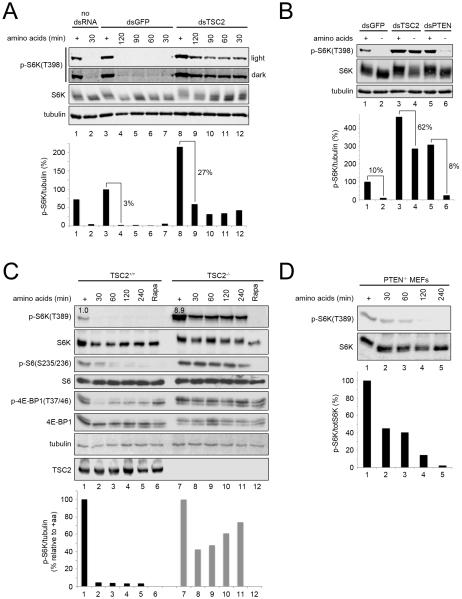Figure 5. TSC2 loss causes insensitivity to amino acid removal in Drosophila and mammalian cells.
(A-B) Tsc2 but not PTEN knock-down makes Drosophila cells largely insensitive to amino acid removal. (A) Immunoblots of Drosophila S2 cells treated with no dsRNA, dsRNA against GFP (control), or dsRNA against Tsc2, treated with media containing (+) or lacking amino acids for the indicated times. (B) PTEN knock-down S2 cells efficiently inactivate TORC1 upon amino acid removal, despite starting with elevated TORC1 activity levels.
(C-D) TSC2 knock-out MEFs do not completely shut off TORC1 upon amino acid withdrawal, whereas PTEN knock-out MEFs do. Immunoblots from (C) TSC2−/− and the respective control TSC2+/+ MEFs, or (D) PTEN knock-out MEFs, treated with medium +/− amino acids for the indicated times. Lanes 6 and 12 (C), cells treated +20nM Rapamycin for 1h in the presence of amino acids (‘Rapa’). Quantified with a LI-COR imaging system.

